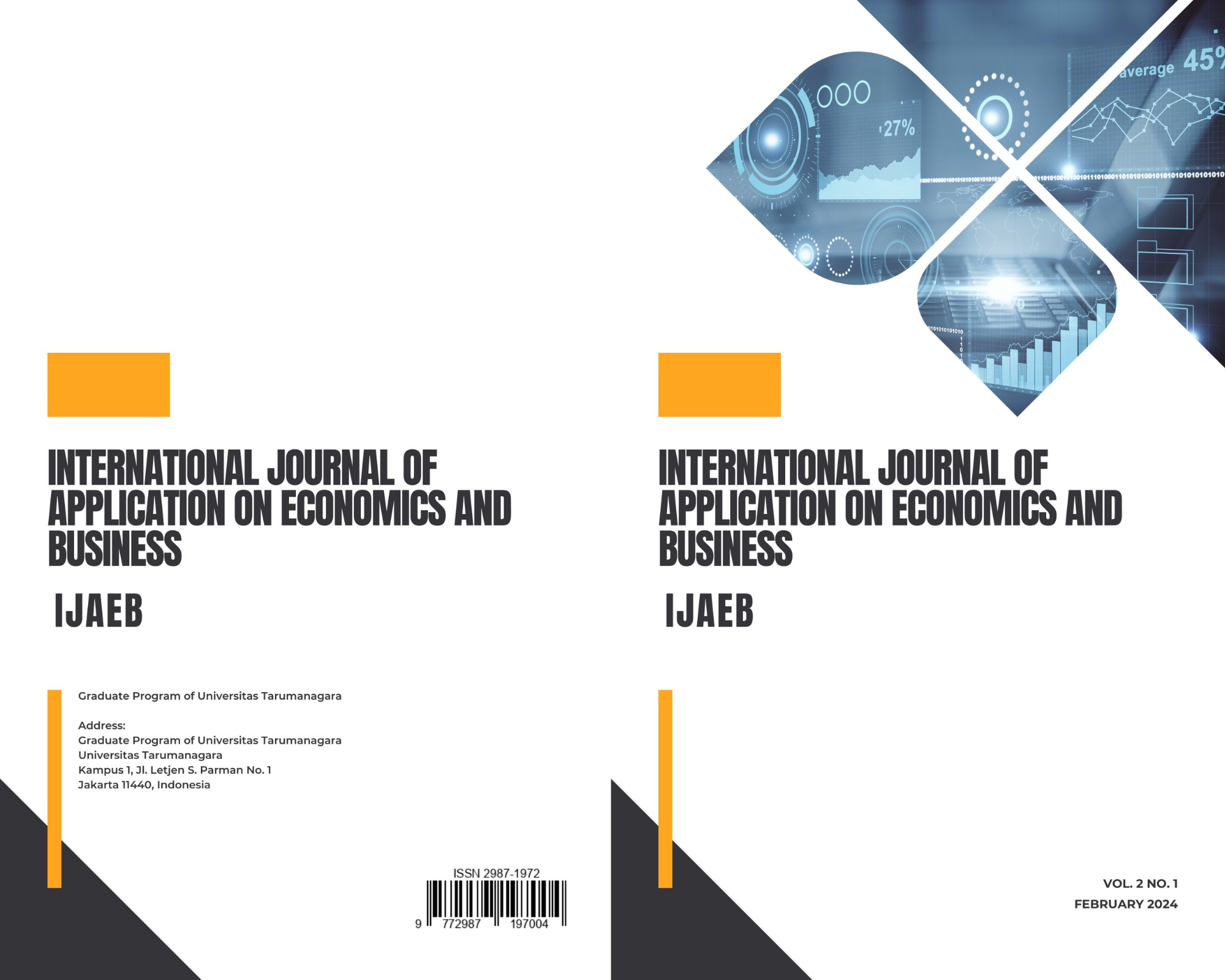MEDIA RELATIONS MANAGEMENT OF PRIVATE UNIVERSITY IN SUPPORTING REPUTATION ENHANCEMENT
Main Article Content
Abstract
The reputation of private university is important factor to win the competition. One of the public relations (PR) communication activities to build reputation is media relations. The purpose of this study is how to manage media relations by private university in building reputation through PR. The research method uses a descriptive qualitative method, which combines surveys using questionnaires, interviews, and Focus Discussion Groups (FGD) focusing on the form of media relations activities, information content that has publication value, and communication channels used to support reputation enhancement. The results showed that media relations are very important and useful in supporting the reputation of private university. The forms of media relations activities that can be carried out are press conference, media gathering, news coverage, media visit, and doorstop. The use of effective communication channels in delivering information to the public is online media, social media, radio, websites, and television. Campus news content that has publication value is academic achievement, solutions to problems in society, ranking, accreditation, research, achievement of Key Performance Indicators, and community service activities. The results of this study will be one of the references in further research.
Article Details

This work is licensed under a Creative Commons Attribution-NonCommercial-ShareAlike 4.0 International License.
This journal provides immediate open access to its content on the principle that making research freely available to the public supports a greater global exchange of knowledge.
IJAEB by Graduate Program of Universitas Tarumanagara is licensed under a Creative Commons Attribution-NonCommercial-ShareAlike 4.0 International License.. Permissions beyond the scope of this license may be available at https://journal.untar.ac.id/index.php/ijaeb
References
Amado Mateus, M., & Juarez Acosta, F. (2022, June). Reputation in higher education: a systematic review. In Frontiers in Education (Vol. 7, p. 925117). Frontiers.
Chen, C., & Esangbedo, M. O. (2018). Evaluating university reputation based on integral linear programming with grey possibility. Mathematical Problems in Engineering, 2018.
Deephouse, D. L. (2000). Media reputation as a strategic resource: An integration of mass communication and resource-based theories. Journal of management, 26(6), 1091-1112.
Diah Wardhani. 2008. Media Relations: Sarana Membangun reputasiOrganisasi. Yogyakarta. Graha Ilmu.
Dilenscheneider, L Robert. (2010). The American Management Assosiation (AMA) Handbook Of Public Relations Leveraging PR In The Digital World. United State: Library of Conggres Catalog
Fombrun, C.J. and Van Riel , C.B.M. (2004) Fame and Fortune: How Successful Companies Build Winning Reputations. Prentice-Hall, New York .
Gołata, K., & Sojkin, B. (2020). Determinants of building image and reputation of university towards its stakeholders. Marketing Instytucji Naukowychi Badawczych, (1 (35)), 29-58.
Grunig, J. E. (2013). Excellence in public relations and communication management. Routledge.
Hardjana, A. A. (2008). Komunikasi dalam manajemen reputasi korporasi. Jurnal ilmu komunikasi, 5(1), 1-24.
Harrison, K. (2005). Your media relations should have a strategic purpose. Australia: Century Consulting Group, Perth WA, 6842.
Helm, S. (2007). The role of corporate reputation in determining investor satisfaction and loyalty. Corporate Reputation Review, 10(1), 22-37.
Iriantara, Yosal. 2005. Media Relations. Bandung: Simbiosa Rekatma Media.
Iriantara, Yossal. (2011). Media relations; Concepts, Approaches and Practices. Bandung: Symbiosis Rekatama Media.
Jefkins, Frank. 2000. Public Relations, Jakarta, Erlangga.
Lesly, P. (1991). Relations with Publicity Media. In Lesly’s Handbook of Public Relations
and Communications (P. Lesly, ed., pp. 346-366). Chicago: Probus.
Obrien, A. (2014). Everything-PR: Public relations vs. media relations. http://every thing-pr.com/public-relations-mediarelati ons/52598/.
Peraturan Menteri Pendidikan Dan Kebudayaan Republik Indonesia Nomor 3 Tahun 2020 Tentang Standar Nasional Pendidikan Tinggi.
Post, J. E., & Griffin, J. J. (1997). Part vii: Managing reputation: Pursuing everyday excellence: Corporate reputation and external affairs management. Corporate reputation review, 1(2), 165-171.
Rindova, V. P., Williamson, I. O., Petkova, A. P., & Sever, J. M. (2005). Being good or being known: An empirical examination of the dimensions, antecedents, and consequences of organizational reputation. Academy of management journal, 48(6), 1033-1049.
Ruslan, R. (2017). Public Relations and Media Communication Management. Jakarta: Raja Grafindo Persada.
Sheafer, T. (2001). Charismatic skill and media legitimacy: An actor-centered approach to understanding the political communication competition. Communication Research, 28(6), 711-736.
Stergiou, K. I., & Tsikliras, A. C. (2014). Global university reputation and rankings: insights from culturomics. Ethics in Science and Environmental Politics, 13(2), 193-202.
Taboroši, S., & Maljugić, B. (2022). The role of Tik Tok social network in developing public relations. Serbian Journal of Engineering Management, 7(1), 31-36.
Turk, J.V. (1985). Information subsidies and influence. Public Relations Review, 11, 10- 25.
Undang-Undang Republik Indonesia Nomor 12 TAHUN 2012 tentang Pendidikan Tinggi.
Yoon, Y. (2005). Legitimacy, public relations, and media access: Proposing and testing a media access model. Communication Research, 32(6), 762-793.
Yeniçıktı, N.T. (2016). Halkla İlişkiler Aracı Olarak Instagram: Social Medya Kullanan 50 Şirket Üzerine Bir Araştırma, Selçuk İletişim, 9(2): 92-115.



